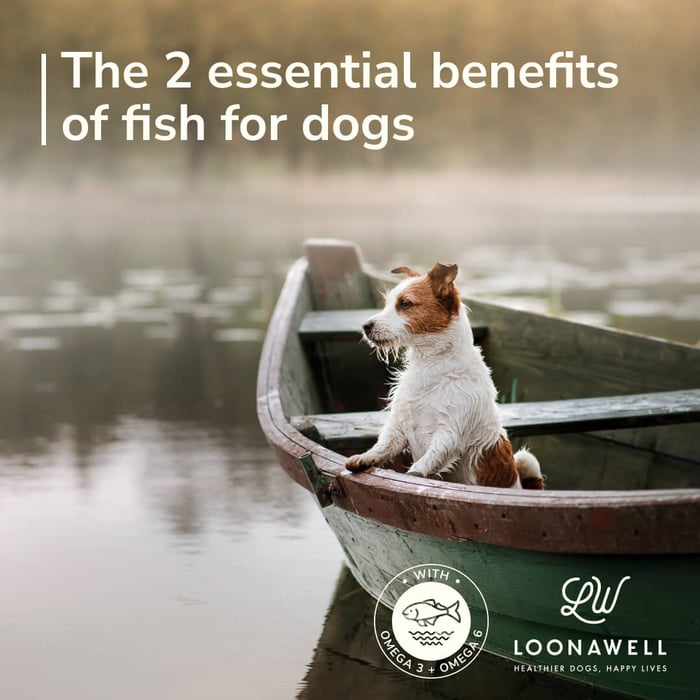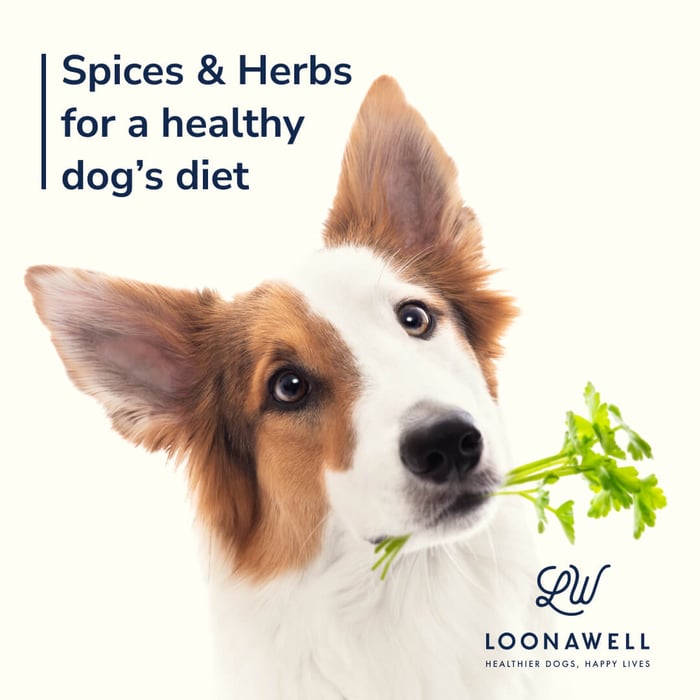Over the years, human and dog food preservatives have developed a bad reputation, but is this deserved?
In this guide, we will explore what preservatives are, and what they are used for. Most importantly, I will focus on our dogs, and whether synthetic preservatives are a necessary evil for dog food and biscuits, or if we can get by without them.
Why Preservatives Are Used in Food
It helps to understand a little about preservatives. Can we eliminate them altogether?
Many of us will have experienced what happens to food when it is kept for a bit too long. You may have baked, or even bought some food, and found that after a few days, it loses its appeal. Food without preservatives can end up with the following properties:
- An unpleasant or rancid taste due to the oxidation of fats within the food.
- Dryness, and a lack of moisture making it harder to chew.
- Fungus sitting on top of the food, stemming from microbial growth.
No one likes a rancid, old, contaminated cookie, and our dogs shouldn’t have to eat them either.
Food manufacturers (of both human and dog food) often turn to preservatives, most of which are synthetic chemical food additives, to avoid the conditions mentioned above and to ensure that the food stays fresh for the desired shelf life period.
What Are Synthetic Preservatives?
Synthetic preservatives are chemical substances that are used to control food spoilage and extend the shelf life. Having long shelf life products allows retailers to hold stock for longer, and suppliers to produce and ship less often. It is the opposite of fresh but it is cheaper for almost everyone. It might even seem cheaper for the final consumer, but it is not, as the costs will come later in the health bill.
In fact and, as always in the food sector, the cheaper version comes with a significant downside; poor quality.
Generally speaking, both for dog food, treats, and human food, the fresher the food, the more expensive it is. The reason is simple: the price of fresh raw material is higher and the logistics (from harvesting to storage, processing, transportation, and distribution) are more complex and costly than managing chemically synthesized ingredients and the derived food product.
So when reading a dog food label, here are a few examples of synthetic preservatives you may find:
- Butylated hydroxyanisole (BHA)
- Butylated hydroxytoluene (BHT)
- Propyl gallate (PG)
- Tertbutylhydroquinone (TBHQ)
- Propylene glycol
- Calcium or sodium propionate
The reason why we're bringing these up is because when it comes to dog food and treats, we would strongly advise that you avoid all of the substances above. There are other healthier alternatives and we’ll address those in a moment.
The toxicity and carcinogenic effects of some of these synthetic preservatives on animals, particularly when used at high concentrations, have led consumers and dog owners like us all to pressure the industry to use natural alternatives.
It is also well known that synthetic preservatives can lead to skin allergies and sickness in dogs.
The Natural Alternative: Natural Preservatives in Dog Food
When I founded LOONAWELL, I decided that one of the core principles was for every ingredient used to have a positive nutritional impact on dogs. Otherwise, it would be excluded.
So, synthetic preservatives as well as artificial colors, flavors, and other many synthetic substances, were immediately excluded.
Instead, I have learned to use the natural preservation properties of organic and fresh raw materials. Many ingredients of our organic dog treats have great nutritional profiles, and some can also help to preserve food.
Examples of the natural preservatives that we include in our recipes are ginger, lemon, cinnamon, apple cider vinegar, oregano, and star anise.
It is true that natural preservatives don’t always have the same strength as that of artificial preservatives. Other natural preservatives that can be used in higher concentrations are, for example, Vitamin E tocopherols, Vitamin C, and Rosemary extract. Furthermore, packaging also plays an important role in preservation.
In our organic dog biscuits, we use high-quality packaging as a means to further preserve our products. We package our organic and freshly baked treats in small multilayered sachets that protect our product from the light and air – two of the main factors that accelerate food spoilage.
The Bottom Line: Natural vs Synthetic Preservatives for Dogs
Is it possible to preserve food without using artificial preservatives that can be harmful to our health?
YES, it is possible. Food for people and dogs can be aided by a deep understanding of the properties of different ingredients, manufacturing processes, and packaging materials.
One fact that will always be true is that natural products will be a more expensive option, but what better investment than our health, and the health of our beloved pup?
With LOONAWELL, you have a natural alternative and can start your dog on a healthy path…




